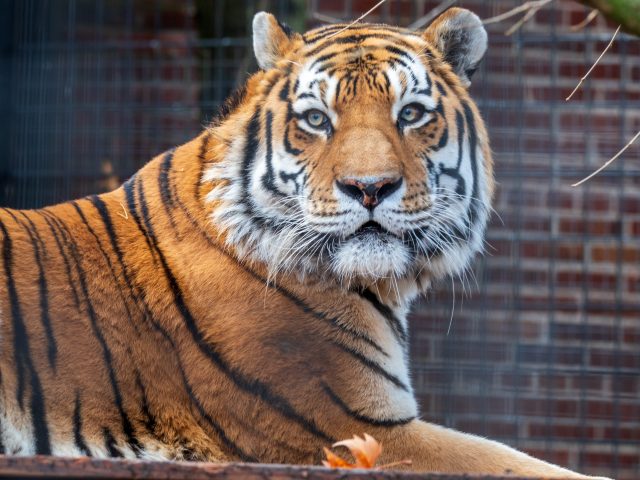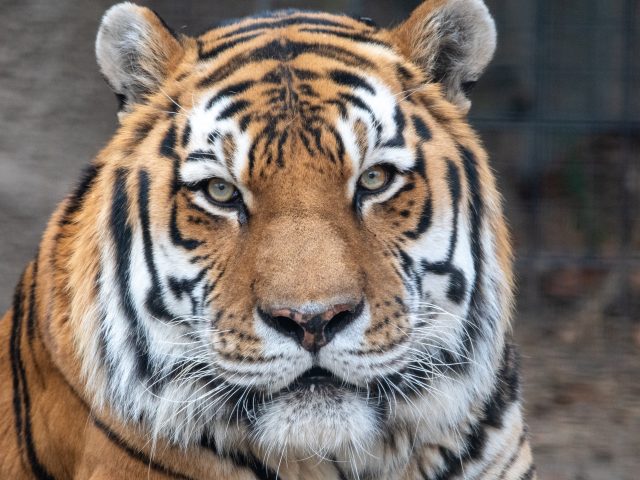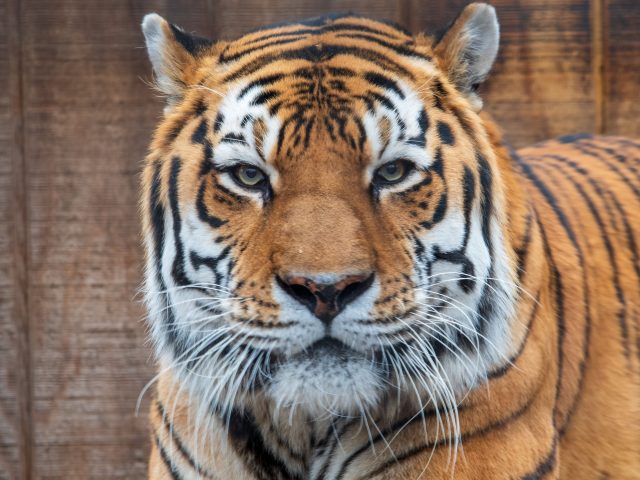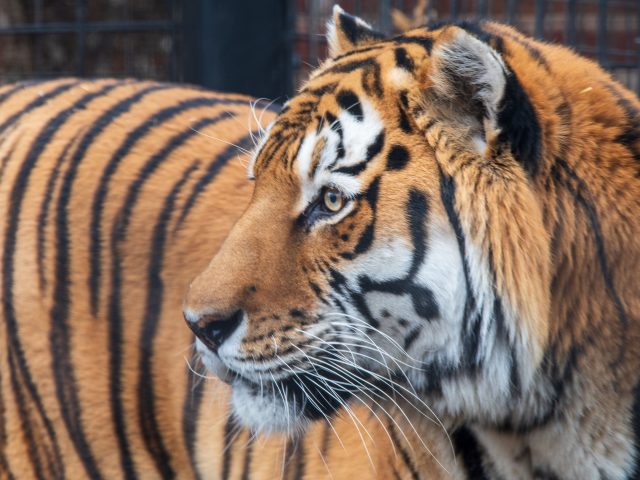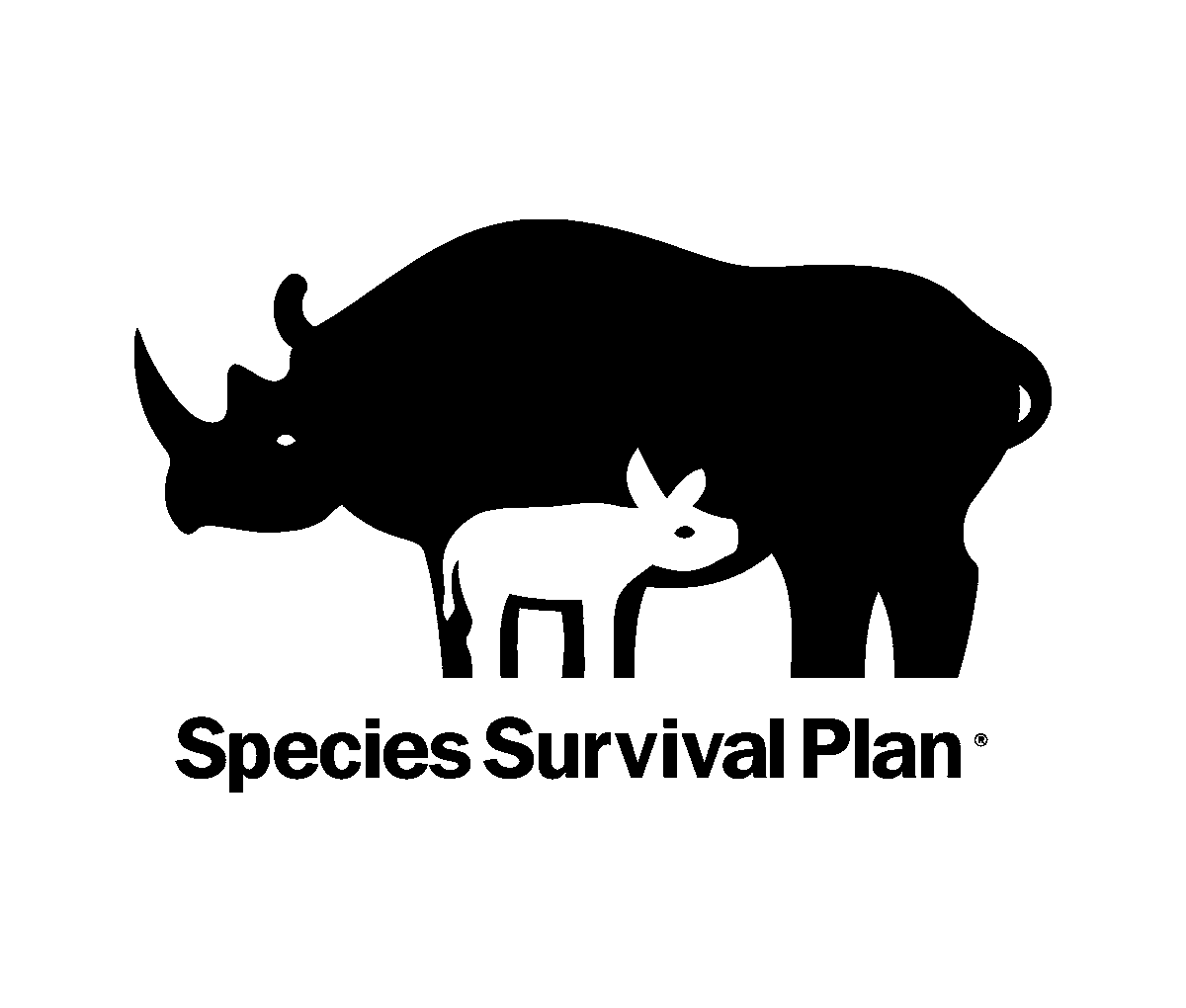Characteristics
The Amur tiger is the largest of all wild cats. Its orange coloring is paler than that of other tigers, and its stripes are brown rather than black and are widely spaced compared to those of other tigers. It has a white chest and belly, and a thick, white ruff of fur around its neck. In the winter, its coat grows long and shaggy to adapt to the change in temperature.
Behavior
Except for a mother with cubs, Amur tigers are solitary animals. Amur tigers live in specific territories called home ranges, and they indicate their territories mainly by scent-marking on trees, bushes, and the ground along the borders. They also often mark trees by scratching with their huge claws. They are good swimmers and enjoy taking a bath in ponds or rivers.
Conservation
This species is listed as critically endangered. As poaching and habitat destruction take their toll, it’s estimated that only 400 to 500 Amur tigers remain in the wild.
What YOU can do to help: Palm oil alone was accountable for the loss of 15 percent of tiger habitat just from 2009 to 2011. Be a responsible consumer and avoid food, cosmetics and cleaning products with palm oil. Click here to learn which products are better to consume.
Did You Know?
- As nocturnal hunters, they stalk their prey by sneaking up to within 65 ft, then covering the remaining distance in just a few bounds.
- Male home ranges are large, sometimes 400 square miles and are occupied by a single male!
- Amur tigers and Siberian tigers are the same subspecies of tiger. The name “Siberian tiger” was historically used because they were found across a wider range in Siberia, but their current habitat is primarily the Amur River region. Because they are primarily found in the Amur region now, the name “Amur tiger” is more scientifically accurate and commonly used.
Our Animals
Our Amur tiger is named Vikenti, and was transferred from the Louisville Zoo in November of 2023.


